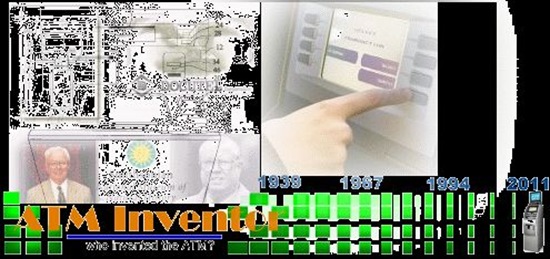
We all know the names of the great minds of history: Newton, Einstein, Edison, Franklin, Jobs, Gates, and even Zuckerberg. But some of the greatest societal innovations of all time - things you use or think about ever day, probably without even realizing it - happened behind the scenes, and their inventors fell into history’s ether of anonymity. Some of these unsung heroes include:
10. James Goodfellow, inventor of ATMs and the PIN system
James Goodfellow is a newly knighted Englishman credited with inventing the ATM (automatic teller machine) and, more importantly, the concept of the PIN (personal identification number). It’s because of him that you can go get money outside of a bank and can have any semblance of privacy while doing so. To this day Goodfellow insists that he was “only doing (his) job” when he dreamt up the revolutionary concept. And even though it’s used by hundreds of millions of people around the world every single day, Goodfellow says his invention hasn’t earned him a single penny.
9. Sir John Harrington, inventor of the toilet
In the midst of Medieval Europe when sewage systems were a disastrous exercise in smelly futility, Sir John Harrington conceptualizing modern plumbing. He’s also the reason a toilet is called a “John”. Sir Harrington, the godson of Queen Elizabeth I, is credited with inventing the first flush toilet in 1596. Harrington’s first prototypes were obnoxiously expensive and had to be custom built into people’s homes, including that of the Queen herself.
8. Joseph Fry, inventor of the chocolate bar
Joseph Fry essentially industrialized chocolate and is not only the reason that you can eat chocolate in the first place, but the reason there is so much of it: after figuring out how to grind cocoa beans with a steam engine, he invented the first ever chocolate bar to be sold to the public in 1847. His ideas conceived the first cocoa butter, a paste that could, for the first time ever, be moulded into solid chocolate. Prior to his innovations, chocolate was a luxury item that could only be consumed as an expensive beverage. Without Fry, chocolate would still be a royal pain in the ass to consume in any form.
7. Dennis Ritchie, father of modern computer programming
Even though billionaires like Jobs and Gates get the credit for “revolutionizing” the computer, Dennis Ritchie invented C programming and Unix, both of which are still providing the framework for every modern computer system today. Ritchie is frequently overlooked as one of the contributors to the computer but his innovations are still used every day, and have surely paved the way for new updates and ideas to come.
6. Hunter Shelden, inventor of the seat belt
Hunter Shelden was a neurosurgeon who, in 1959, revolutionized cars with the modern seat belt. Shelden frequently saw horrific car accident injuries - most often severe head and brain trauma - come through his hospital and judged that the current seat belts were actually contributing to the problem, so with some help from Congress he made a new one. The seat belts he designed turned out to be an ingenious step towards automobile safety and the standard mandated model in all automobiles today.
5. Pellegrino Turri, inventor of the typewriter
Typewriters were the ancestors to today’s keyboards, and they are indeed relics. The first typewriters were massive contraptions that operated slowly and frequently malfunctioned, but they were nonetheless one of the single most important innovations in history. The first typewriter was built by Italian inventor Pellegrino Turri, who designed and built the device for his blind friend.
4. Scott Fahlman, inventor of the emoticon
Emoticons permeate social networking, emailing, texting, and just about any form of informal written exchange on any given day. Some love them and some hate them, but we all use them. So where did they even come from? Scott Fahlman, a professor at Carnegie Mellon University in Pittsburgh, Pennsylvania, sent the first emoticon - a sideways smiley face complete with that out-dated dash for a nose - in 1982. While he had initially expected his new idea to take hold with some success, he could not foresee its enormous explosion, and he absolutely hates those yellow icons.
3. Adolph Rickenbacher, inventor of the electric guitar
The electric guitar revolutionized music as we know it today. Ask anyone who invented the electric guitar, and they’ll tell you in a second: Les Paul. The truth, though, is that Les Paul simply revamped the electric guitar. The original electric guitar was called the “frying pan” (for its banjo-esque resemblance to a frying pan) and was invented in America by Adolph Rickenbacher, a German immigrant. He had so little faith in the longevity of his creation that he only produced them for a few years before selling his entire company. He died at the age of 90 in 1976, doomed to spend eternity in the shadow of Les Paul. [More from Rickenbacher website]
2. Willis Haviland Carrier, inventor of air conditioning
Anyone who’s ever experienced a sweaty office on a hot summer day knows how fantastic the air conditioner is, but they probably don’t know just where it came from. In 1901, Willis H. Carrier patented the first ever air conditioning machine. Prior to his invention, air conditioning methods were just elaborate ventilation systems that didn’t actually produce cold air. Carrier’s new machine could take in pressurized air and pass it over a cooling system before blowing it to wherever it needed to go. The company that he founded, Carrier Engineering Corporation, has long since survived him and is still the largest producer of climate control technology in the world.
1. William Upjohn, inventor of dissolvable pills
Before the turn of the 20th century, patients who needed medicine either took it as a liquid or a hard pill. However, the liquids often tasted terrible and the pills usually didn’t even dissolve in patients’ stomachs. William Upjohn, a University of Michigan student in 1875, began experimenting with new pill formulas that would make for a more efficient treatment option. He succeeded, and is the single reason pills are such a convenient means of medication.
Top image: ATM Invention (source)

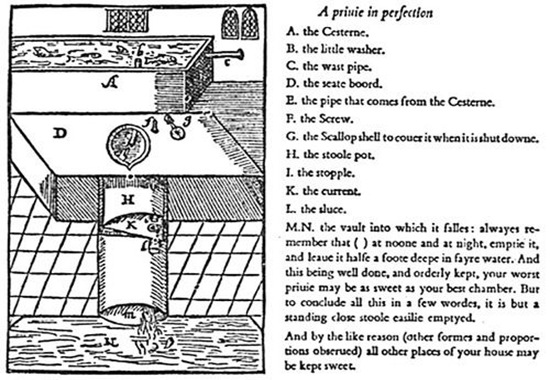
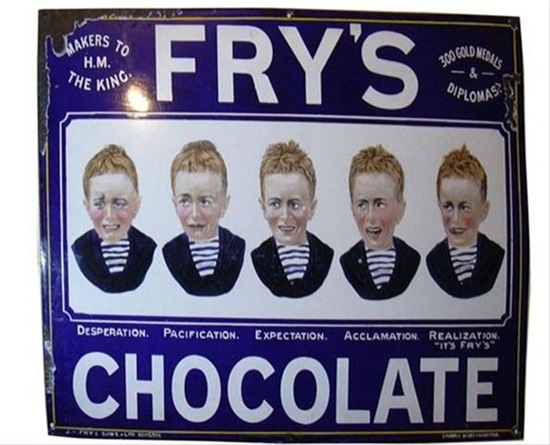

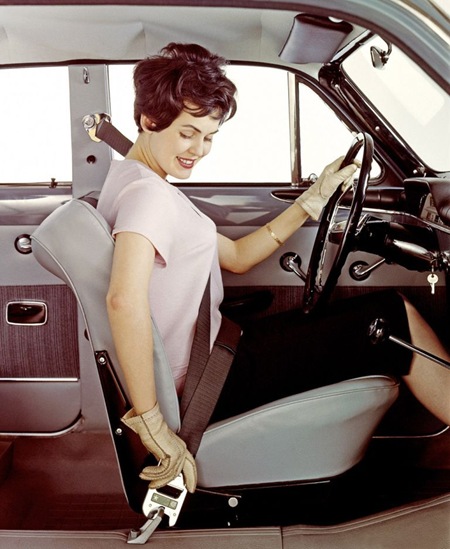
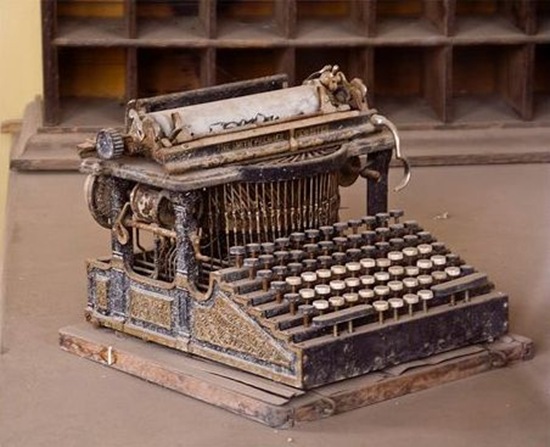




No comments:
Post a Comment
Please adhere to proper blog etiquette when posting your comments. This blog owner will exercise his absolution discretion in allowing or rejecting any comments that are deemed seditious, defamatory, libelous, racist, vulgar, insulting, and other remarks that exhibit similar characteristics. If you insist on using anonymous comments, please write your name or other IDs at the end of your message.